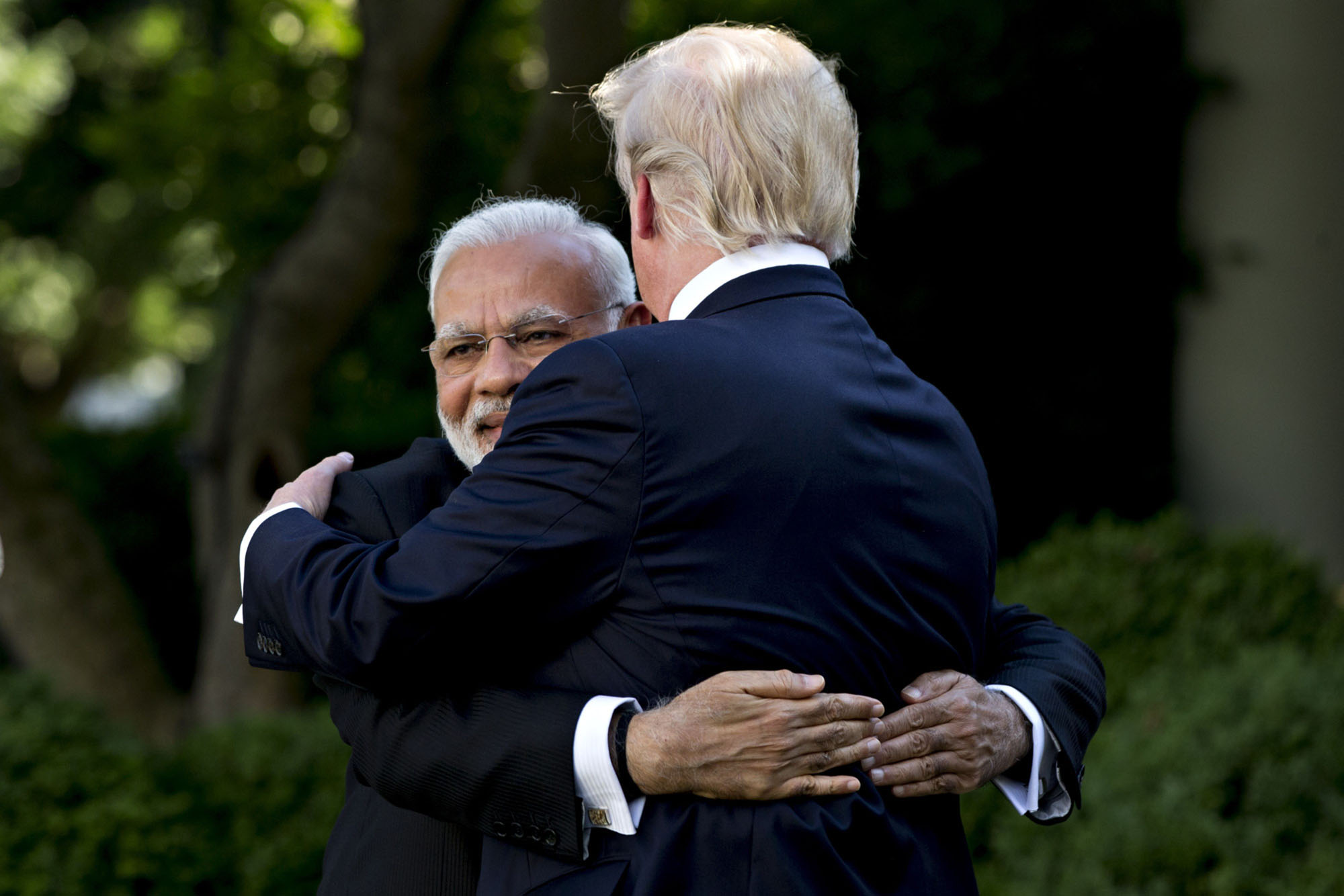The distance from hubris to delusion is short and the administration of U.S. President Donald Trump is bent on covering it in a sprint in its India policy. A healthy and long-lasting bilateral relationship rests on a history of shared interests and values that embody common expectations, reciprocity and equivalence of benefits across different domains, rather than equal benefits in every single sector individually.
Conversely, absent a solid body of shared histories and memories to provide ballast, minor irritants can derail a relationship. The bilateral relationship between the United States and India, since the latter's independence in 1947, had more downs than ups during the Cold War but has since been on a gradual upswing. It was put on a steeply upward trajectory with the signing of the bilateral civil nuclear cooperation deal in 2005.
Having been denied an entry visa for the U.S. for many years despite being the elected head of a state government, on becoming prime minister in 2014 Narendra Modi set aside personal hurts from the slight and made a strategic decision to invest in the U.S. as India's most important relationship. That has helped create important constituencies in the U.S. Congress, political parties, bureaucracy, military and private sector, contributing to deeper India-U.S. ties. The Indian diaspora in the U.S. also plays key bridge-building roles.



